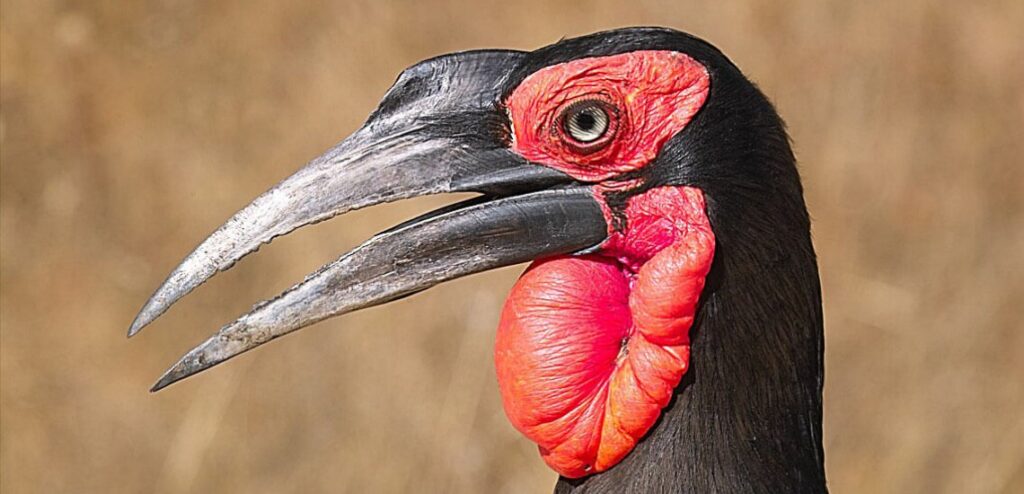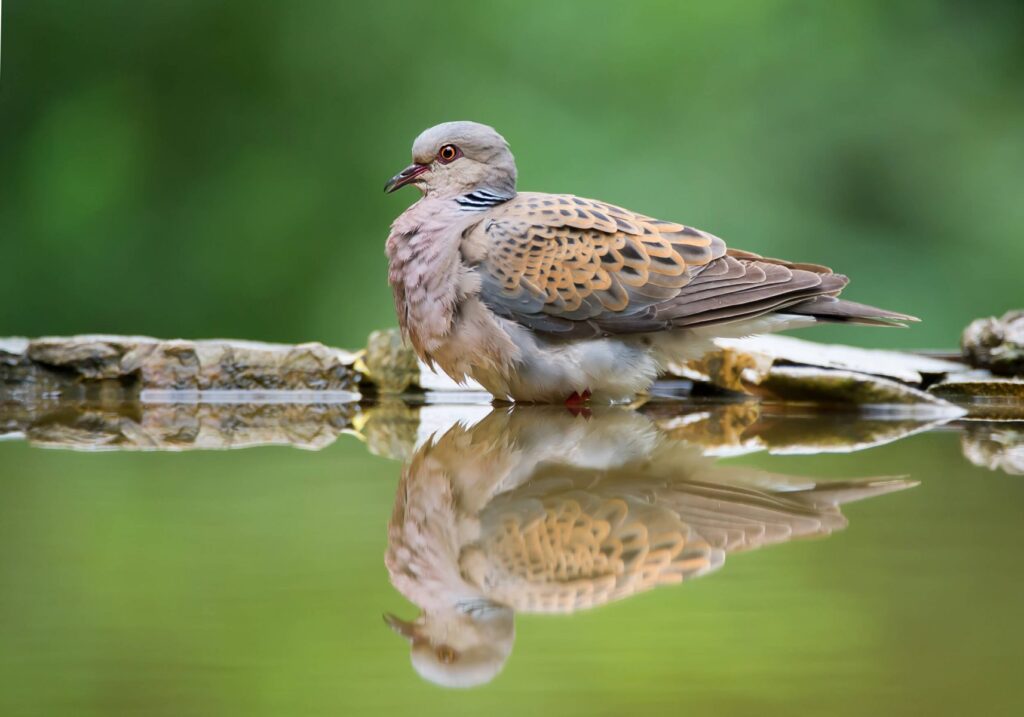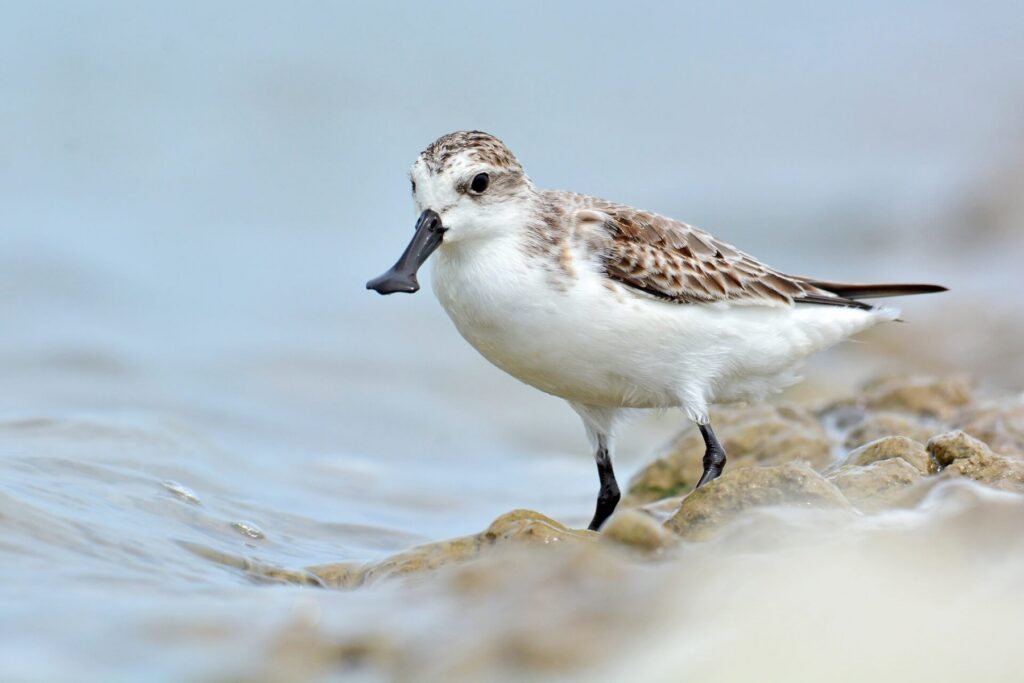Latest research: Hornbills sent to school, turtle-dove hunting exposed

Join us for a bite-sized round-up of advances published in our journal Bird Conservation International. Highlights include the complexities of reintroducing hornbills to the wild, the truly devastating scale of European Turtle-dove hunting, and a newly-identified Spoon-billed Sandpiper moulting site.
By Jessica Law
Southern Ground-hornbill: taught to be wild
We’ve all felt like the new kid at school at some point in our lives. But imagine what it must feel like to be a captive-reared Southern Ground-hornbill Bucorvus leadbeateri released into a wild population with a social hierarchy just as complex as any high school. Reintroduction programmes have been trialled for this Vulnerable species – the world’s largest hornbill – since 1995. But for such a long-lived, intelligent, gregarious species with delayed sexual maturity, little changes can make a big difference. This latest study analysed various reintroduction programmes across Africa and found that adult survival was strongly influenced by the season in which the birds were released, and how much socialising they had done with fellow captive Southern Ground-hornbills beforehand. The most successful birds had been placed into ‘bush schools’, where social learning was led by an experienced, wild alpha male. It turns out humans aren’t the only ones who benefit from a good mentor.

European Turtle-dove hunting is unsustainable
It seems hard to believe that the European Turtle-dove Streptopelia turtur, once common across its range, is now Vulnerable to extinction. So how did it go from a widespread symbol of love and fidelity, famous in the popular carol ‘The Twelve Days of Christmas’, to one of the fastest-declining birds in Europe? The threats are double-edged: habitat loss due to intensive agriculture, and over-hunting. In this new paper, researchers calculated that current levels of hunting along the bird’s western migratory flyway are more than double the sustainable level. Presently, the species can be legally hunted in ten EU countries, but even without counting illegal killing, it’s clear governments need to modify their regulations if this species is to survive. Otherwise it may soon exist in stories alone.

Critical moulting site for “Spoonie” identified
Having a bad hair day is stressful enough, but for birds, moulting is one of their most vulnerable times of year. Shedding feathers after the breeding season can affect a bird’s ability to fly and keep warm and dry – not to mention the energy it takes to grow sleek new plumage. It’s therefore vitally important that birds can go through this unglamorous life stage in peace, with plenty of food and places to rest. Now, scientists have found that the southern Jiangsu coast in eastern China is a critical moulting site for the Spoon-billed Sandpiper Calidris pygmaea (Critically Endangered) and Spotted Greenshank Tringa guttifer (Endangered). Since mudflats in the Yellow Sea region have been rapidly drained for development over recent years, this finding reinforces the timely decision to designate this area a World Heritage Site.
Subscribe to Bird Conservation International, BirdLife’s quarterly peer-reviewed journal, at: www.cambridge.org/bci/subscribe
Stay up to date
Sign up to receive the latest bird conservation news. You’ll also receive updates about our projects, science and other ways to get involved including fundraising.
Thank you for your support, we are committed to protecting your personal information and privacy. For more information on how we use your data, please see our Privacy Policy. You can unsubscribe from emails at any time by using the link in the footer of any email from us.

